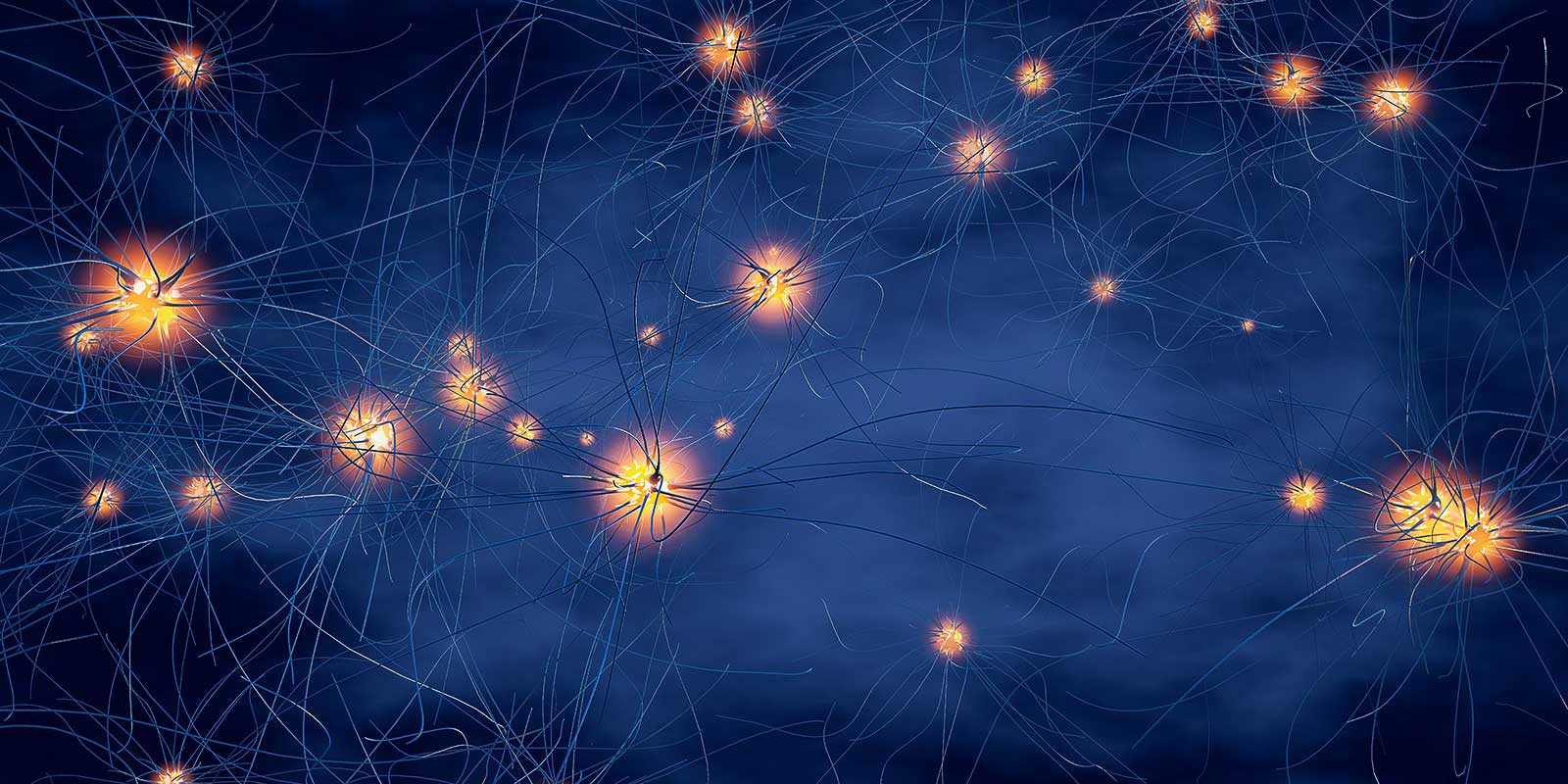Neuromyelitis Optica Spectrum Disorder (NMOSD)
The Neurological Institute at University Hospitals offers comprehensive care for patients with Neuromyelitis Optica Spectrum Disorder. Our multidisciplinary program includes:
- Specialists in clinical neuroimmunology, neuro-ophthalmology, spasticity management, urology, pain management, and physical and occupational therapy.
- Diagnostic testing: MRI imaging, spinal tap, and blood tests for aquaporin 4 (AQP4) and myelin oligodendrocyte glycoprotein (MOG).
- Therapies: corticosteroids, plasma exchange, eculizumab and other immune modulating therapies.
- Symptomatic management: pain management, botulinum toxin injections, baclofen pump, spinal cord stimulator, bladder stimulator and visual occupational therapy.
The Neuromyelitis Optica Syndrome Disorder (NMOSD) clinic is part of the UH Multiple Sclerosis and Neuroimmunology Program. It provides patients with access to specialists with extensive experience in the acute and long-term management of all aspects of this rare disease. Our experts are also actively involved in NMOSD research and are members of the NMO International Clinical Consortium.

What is Neuromyelitis Optica Spectrum Disorder?
Neuromyelitis optica spectrum disorder (NMOSD) is a rare autoimmune disease that affects the central nervous system. Other historical names of the same condition include NMO, Devic’s disease, opticospinal MS, and Asian MS. With NMOSD, your immune system attacks specific cells in the central nervous system called astrocytes leading to their destruction along with nearby nerve cells and myelin — the insulation around your nerves.
NMOSD mainly affects the spinal cord and the optic nerves – the nerves that carry signals from the eyes to the brain. As a result, the disease can cause paralysis and blindness. It can rarely affect the brainstem (base of the brain) causing intractable vomiting, hiccups, sleep attacks, and other rare symptoms.
NMOSD most often strikes middle aged women but it can also affect men, children and the elderly. NMOSD is more prevalent in African Americans, Latinos and Asians.
Unlike MS, the attacks of NMOSD are usually more severe. Vision problems with MS usually affect one eye at a time and result in mild visual impairment while NMOSD may affect both eyes at the same time and may cause severe visual loss. Likewise, spinal attacks in NMOSD can lead to severe paralysis and painful tonic spasms much more severe than what is seen in MS. It is important to distinguish NMOSD from MS because the treatment of both conditions is different. Some MS medications may actually worsen NMOSD.
Patients with NMOSD can also have other autoimmune disorders like systemic lupus erythematosus or Sjogren syndrome.
There are 2 types of NMOSD:
- Relapsing form, which has periodic flare-ups, with some recovery in between. This is the more common type. Most of these patients have an abnormal antibody against water channels in the central nervous system called aquaporin-4 (AQP4) antibody or rarely antibodies against myelin protein (the insulating cover around the nerves) called myelin oligodendrocyte glycoprotein (MOG) antibody. Rarely patients without known antibodies (double seronegative) can have a relapsing course.
- Monophasic form, which involves a single attack that commonly involves the optic nerves and the spinal cord together. Most of these patients have no identifiable abnormal antibodies.
Symptoms of NMOSD
Symptoms of NMOSD may include:
- Pain in the eyes
- Loss of vision in one or both eyes
- Weakness or numbness in the arms and legs
- Paralysis of the arms and legs
- Tonic spasms and other involuntary movements of the body.
- Difficulty controlling the bladder or bowels
- Uncontrollable vomiting and hiccups
- Sleep attacks and narcolepsy of acute onset.
- Double vision, slurred speech, and incoordination.
Treatment of Relapses
- Corticosteroids usually given in high doses intravenously can shorten relapses and decrease symptoms.
- A process called plasmapheresis or plasma exchange, which removes the abnormal antibodies from the blood, can improve relapse outcomes when coupled with corticosteroids in severe attacks or when attacks are resistant to corticosteroids alone.
Prevention of Relapses
- Eculizumab is a complement inhibitor that can limit the autoimmune attacks in patients with NMOSD with AQP4. It is given as an intravenous infusion every two weeks and patients must be vaccinated against meningitis before starting this treatment.
- Other immune-modulating and immunosuppressant agents are used off label to prevent relapses in patients with all types of NMOSD. New agents are currently being developed and are expected to be available soon.
Symptom Management
- Medications: several symptomatic medications are available to treat nerve pain, tonic spasms, constipation, and bladder symptoms in NMOSD patients.
- Advanced spasticity management: Some NMOSD patients may require botulinum toxin injections or intrathecal baclofen pump to treat spasticity (increased stiffness and spasms of the legs and arms after NMOSD attacks).
- Neuromodulation: Some NMOSD patients may require spinal cord stimulators to address intractable pain and/or bladder stimulators for bladder dysfunction.
- Physical and occupational therapy: including gait/balance training and visual/motor occupational therapy.
Make an Appointment Today
Your health is important. Get expert care.
You can book an appointment with a UH Neurological expert close to home by calling 216-844-2724.
Virtual visits and virtual second opinions also are available. Learn more about virtual visit.


